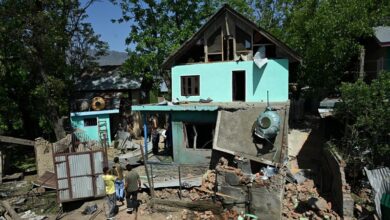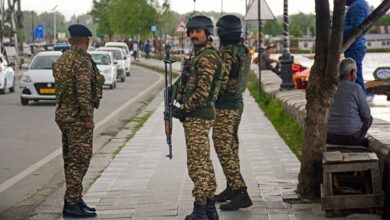Census Data and Labour Force Participation Rates in India: A Focus On Minority Religious Groups

Prime Minister Narendra Modi’s recent remarks at an election meeting in Rajasthan have stirred controversy, with his comments alleging that the Congress party aims to distribute wealth to specific demographic groups, particularly Muslims. This statement has reignited discussions about demographic trends and socio-economic indicators among religious groups in India. While the latest reliable census data on religious groups dates back to 2011, various statistics shed light on population growth and household characteristics.
According to the 2011 Census, India’s Muslim population stood at 17.22 crore, accounting for 14.2% of the total population of 121.08 crore. This marked a significant increase from the 13.81 crore Muslims recorded in the 2001 Census, representing 13.43% of India’s population at the time. The growth rate of the Muslim population between 2001 and 2011 was 24.69%, the slowest increase in India’s history for this demographic. In comparison, the growth rate between 1991 and 2001 was higher at 29.49%.
An analysis of average household sizes among different religious groups provides further insights. Data from the National Sample Survey’s 68th round (July 2011-June 2012) indicates variations in household sizes:
– Hindu households had an average size of 4.3 members.
– Muslim households had a slightly larger average size of 5 members.
– Christianity and Sikhism recorded average household sizes of 3.9 and 4.7 members, respectively.
– The average household size for “Others” was 4.1 members.
– Overall, the national average household size was 4.3 members.
Moving beyond demographic statistics, labour force participation rates (LFPR) and worker population ratios (WPR) offer insights into employment trends among different religious groups. The National Sample Survey Office’s data reveals significant variations in LFPR, WPR, and unemployment rates (UR) across religious demographics:
– Among all religious groups, Muslims exhibit the lowest LFPR and WPR.
– The LFPR for Muslim males is 47.7%, compared to 58.1% for all Indian males.
– Similarly, the LFPR for Muslim females is 14.2%, significantly lower than the national average of 30.5% for females.
– The WPR for Muslim males and females is 46.6% and 13.8%, respectively, also below the national averages.
– Despite lower participation rates, the unemployment rate among Muslims is relatively lower compared to the national average.
These statistics underscore the disparities in labour force engagement among religious groups in India. While Muslims comprise a significant portion of the population, their representation in the workforce is disproportionately low. Factors contributing to these disparities may include socio-economic factors, educational attainment, and cultural norms.
The Prime Minister’s remarks regarding wealth distribution and demographic groups have sparked debate, highlighting underlying socio-economic challenges. While reliable census data remains crucial for informed policy decisions, policymakers must also address systemic barriers hindering equitable participation in the workforce. Initiatives aimed at promoting inclusive growth and reducing disparities across religious groups are imperative for fostering a more equitable society.
In conclusion, the analysis of census data and labour force participation rates offers valuable insights into demographic trends and socio-economic dynamics among religious groups in India. While demographic shifts and disparities persist, addressing these challenges requires concerted efforts from policymakers, civil society, and other stakeholders to promote inclusive development and ensure equal opportunities for all citizens, irrespective of religious affiliation.






